MARK YOUR CALENDARS
Open to the Public Puberty Classes
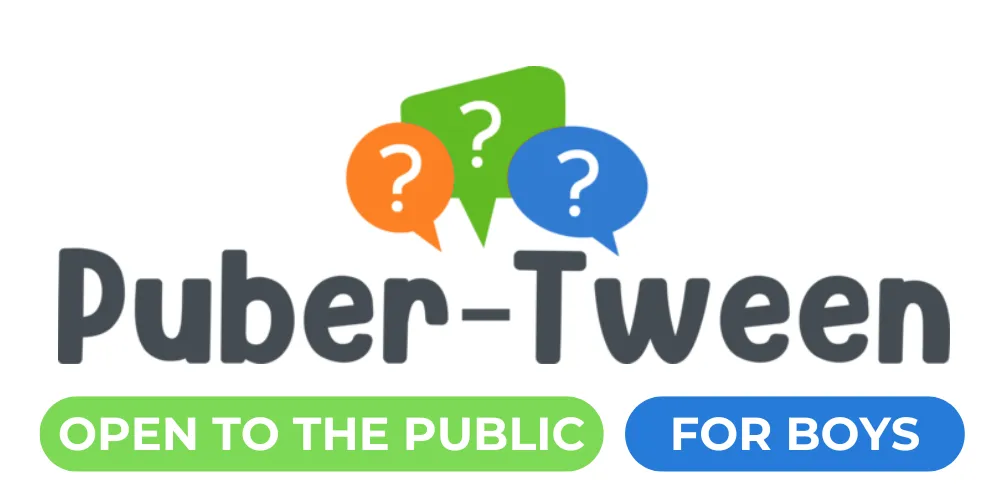
SUN. MAY 4, 2025
2:00 - 4:30 pm
in Irvine
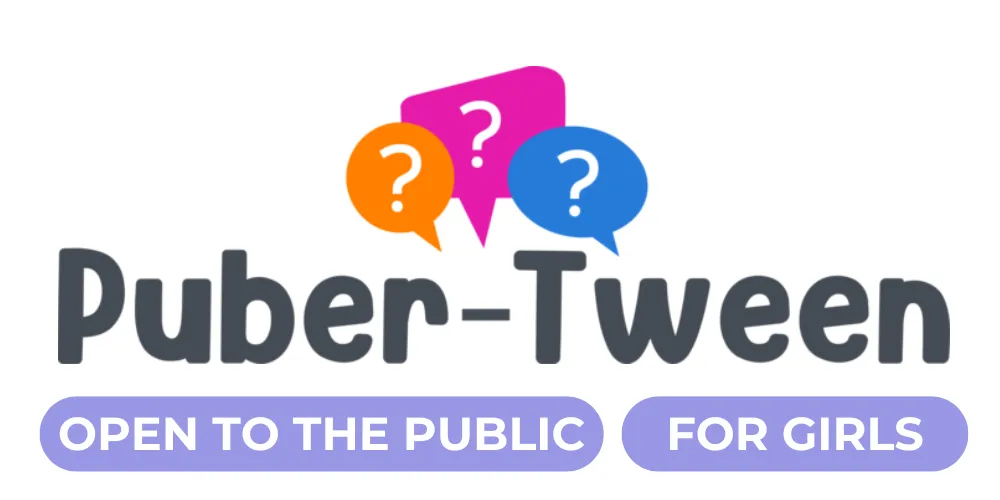
SAT. MAY 10, 2025
10:00 - 12:30 pm
in Irvine
Meet Your Puberty Coach
Embark on an exhilarating journey through the wild world of parenting alongside the indomitable Leslie Dixon!
From her days as a school nurse to her transformation into a SUPERHERO PUBERTY COACH , Leslie understands that traversing those cringe-worthy conversations with your little ones can feel akin to a heart-pounding rollercoaster ride.
Step into the electrifying community of
Birds & Bees Connection, where we specialize in turning the "uncomfortable" into the "unbelievably fun"!
With Leslie leading the charge, we're here to embrace the quirks, share in the giggles, and champion the growth that comes with navigating puberty.
Strap in, because puberty's one heck of a wild ride, and with Leslie and our community by your side, you'll never have to brave it alone!

We have you covered! Become positively informed about puberty, sex education, and social media management.
Popular Birds & Bees Connection Courses
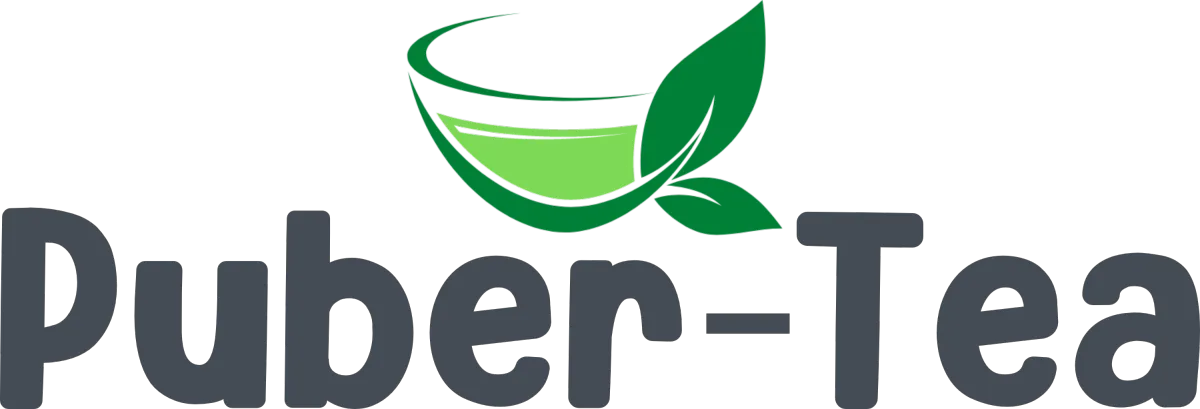
Transform "The Talk" into an Amazing Connection
Mothers & Daughters | Ages 8-10
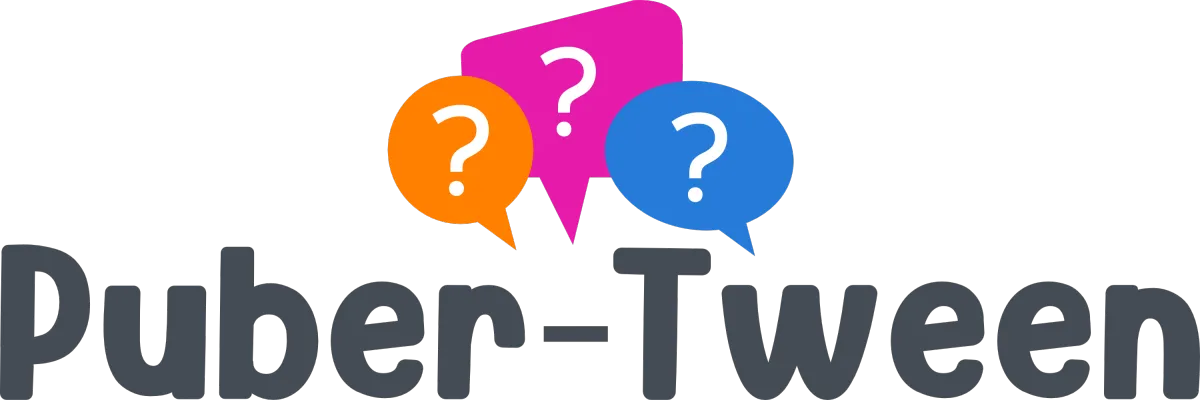
Navigating Puberty with Confidence and Courage
Parents & Tweens | Ages 10-12

Building Foundations for Manhood & Hygiene
Parents & Sons | Ages 9-10

Building Digital Confidence Together
Parents & Tweens | Ages 10-12

The Conversation That Can't Wait
Parents & Tweens | Ages 10-12
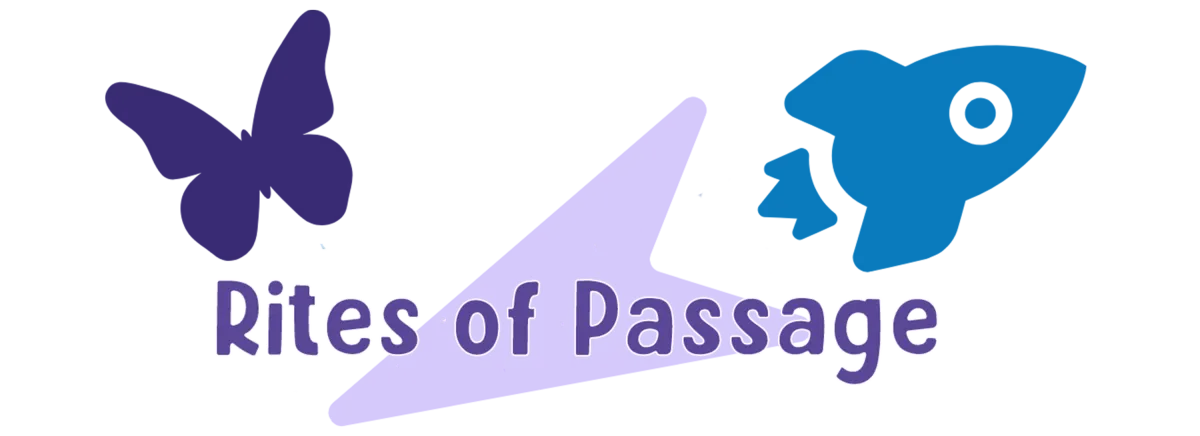
Your Complete Guide to Navigating Puberty Together
Parents & Tweens | Ages 10-12

Transform "The Talk" into an Amazing Connection
Mothers & Daughters | Ages 8-10

Navigating Puberty with Confidence and Courage
Parents & Tweens | Ages 10-12

Building Foundations for Manhood & Hygiene
Parents & Sons | Ages 9-10

Building Digital Confidence Together
Parents & Tweens | Ages 10-12

The Conversation That Can't Wait
Parents & Tweens | Ages 10-12

Your Complete Guide to Navigating Puberty Together
Parents & Tweens | Ages 10-12

Curious which parenting approach fits your style?
Take our Parenting Style Quiz!
Don't miss a beat! Join our email list 🐝
Subscribe for monthly newsletters, blogs, referral perks, and more.
It's free to join and you can unsubscribe at any time.
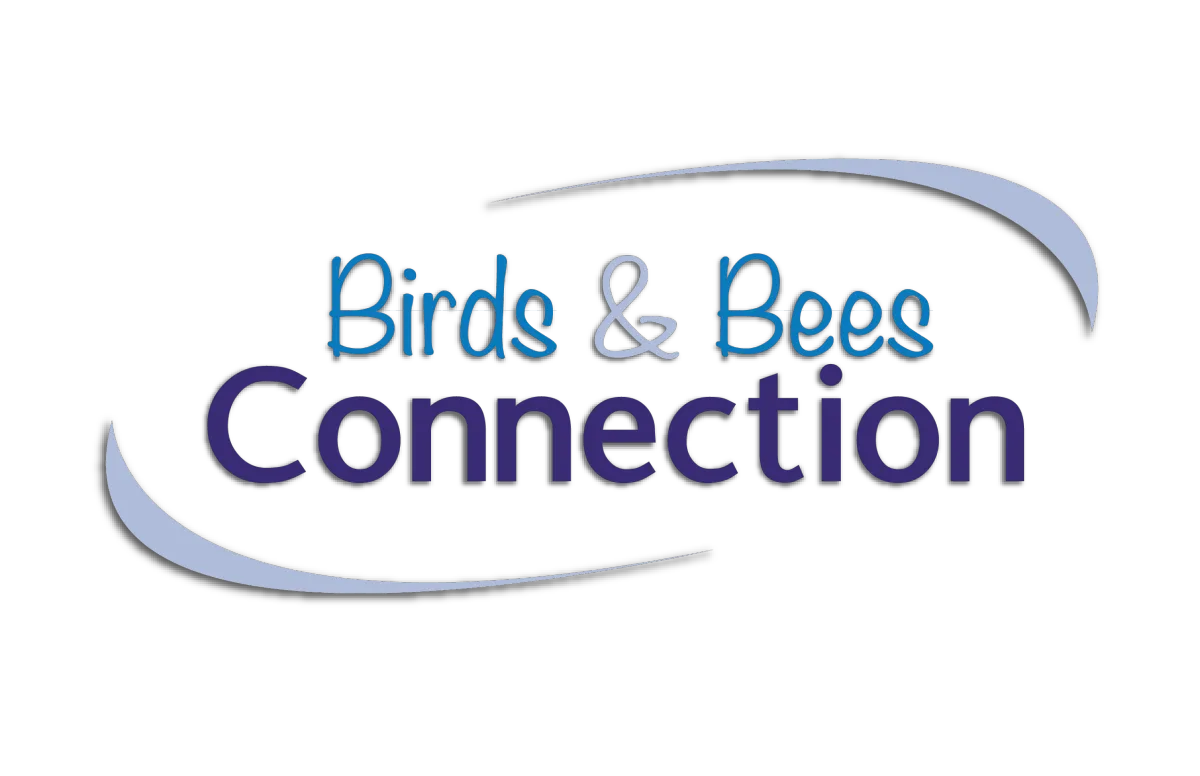
Copyright © 2025 Leslie Dixon
🐝 Contact Leslie
(949) 394-1556
leslie@leslie-dixon.com
Cancellation Policy:
We require a minimum of 48 hours notice if you cannot attend a scheduled class.
Refunds are not offered. If you do cancel within the notice period, you will receive a class credit that can be applied towards a future class, including hosting a class or an Open to the Public class.
